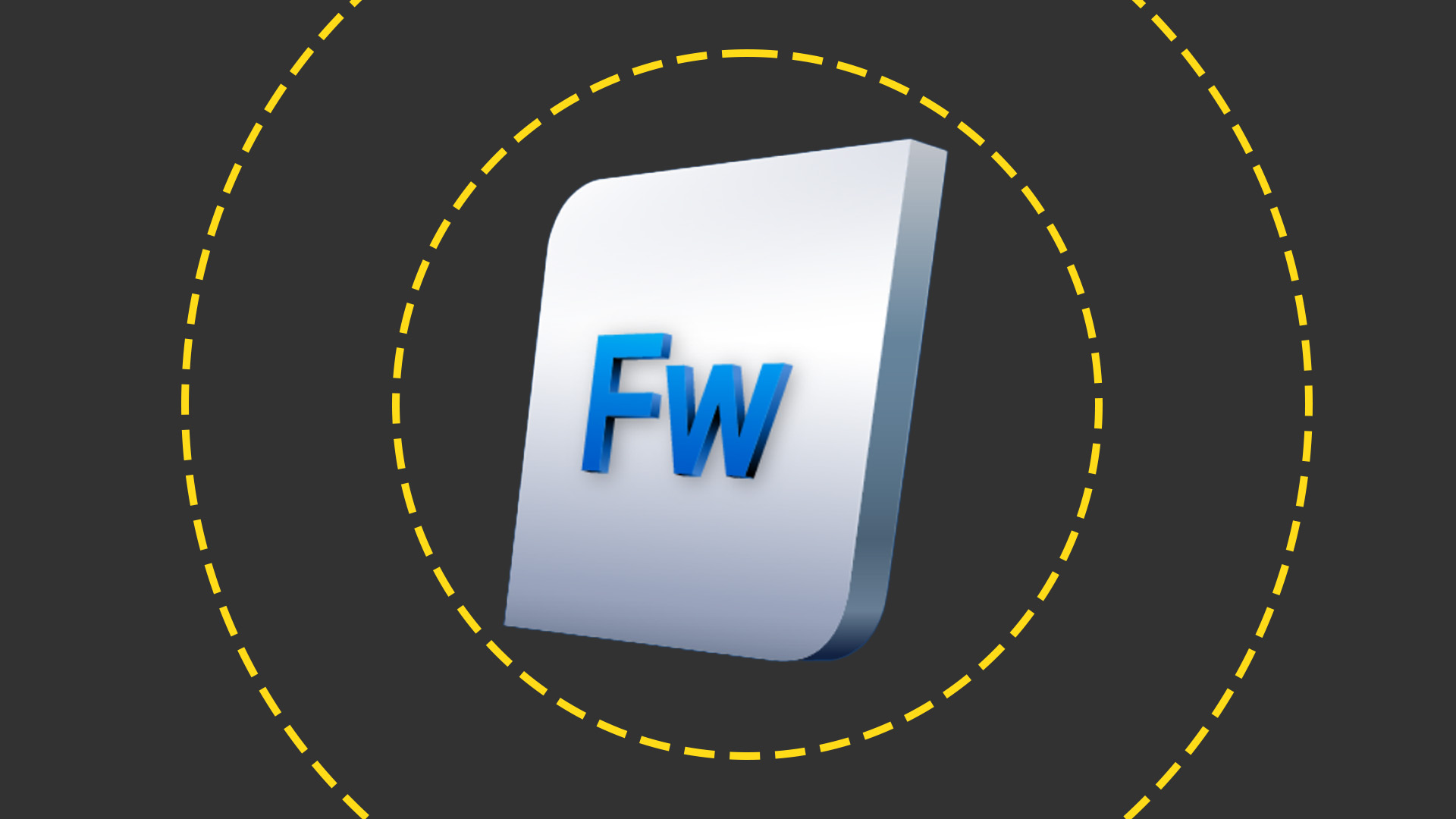Video: Techniques of the web criminal in 2008
Sophos releases videos of two of the most popular ways that the new breed of web criminal has targeted internet surfers this year.

Security firm Sophos has released two videos which highlight common ways that cybercriminals have been regularly exploiting the web in 2008.
One of these is the fake anti-virus attack or what Sophos calls scareware'. This is where a legitimate website has been compromised and is stuffed with keywords making them attractive in a Google search.
The homepage will have been modified with appended links to the malicious web page. It will also have been modified with obfuscated JavaScript, which will silently redirect the user to the fake anti-virus site.
Here it will alert you to the problem, and urge you to download security software. However this is actually a Trojan downloader, and instead of security software you've got malware.
Snickerdoodle cookies and fake anti-virus software
Sign up today and you will receive a free copy of our Future Focus 2025 report - the leading guidance on AI, cybersecurity and other IT challenges as per 700+ senior executives
Another threat was that of the comment section of a legitimate website, where users have linked to fake website, - in this case porn.
Once you have clicked or pasted in the link it says you can only watch the chosen video if you have downloaded a codec. Its insistent that you download an executable file, and once you have down this, the malware is now on your computer.
Malicious porn spammers lead to malware
Sophos also recently released its security threat report and new computerised virus images this month.
-
 Small businesses are ‘flying blind’ on carbon emissions and struggling to track sustainability goals
Small businesses are ‘flying blind’ on carbon emissions and struggling to track sustainability goalsNews Research from Wasabi shows small businesses are struggling to keep track of carbon emissions, and a key factor lies in the poor reporting from tech vendors.
-
 Gestion du cloud avancée : Qu'est-ce que StreamOne® et comment la plateforme peut-elle représenter un avantage pour votre entreprise, aujourd'hui et dans le futur?
Gestion du cloud avancée : Qu'est-ce que StreamOne® et comment la plateforme peut-elle représenter un avantage pour votre entreprise, aujourd'hui et dans le futur?Sponsored Ne vous contentez pas d'acheter le cloud, maîtrisez-le. La plateforme StreamOne® de TD SYNNEX offre une puissante approche écosystème de la gestion avancée du cloud, dépassant largement les limites d'une marketplace classique...
-
 Ransomware victims are getting better at haggling with hackers
Ransomware victims are getting better at haggling with hackersNews While nearly half of companies paid a ransom to get their data back last year, victims are taking an increasingly hard line with hackers to strike fair deals.
-
 96% of SMBs are missing critical cybersecurity skills – here's why
96% of SMBs are missing critical cybersecurity skills – here's whyNews The skills shortage hits SMBs worse as they often suffer from a lack of budget and resources
-
 Sophos Firewall Virtual review: Affordable network protection for those that like it virtualized
Sophos Firewall Virtual review: Affordable network protection for those that like it virtualizedReviews Extreme network security that's cheaper than a hardware appliance and just as easy to deploy
-
 MSPs are struggling with cyber security skills shortages
MSPs are struggling with cyber security skills shortagesNews A shortage of tools and difficulties keeping pace with solutions were also ranked as key issues for MSPs
-
 Nearly 70 software vendors sign up to CISA’s cyber resilience program
Nearly 70 software vendors sign up to CISA’s cyber resilience programNews Major software manufacturers pledge to a voluntary framework aimed at boosting cyber resilience of customers across the US
-
 Sophos and Tenable team up to launch new managed risk service
Sophos and Tenable team up to launch new managed risk serviceNews The new fully managed service aims to help organizations manage and protect external attack surfaces
-
 Ransomware groups are using media coverage to coerce victims into paying
Ransomware groups are using media coverage to coerce victims into payingNews Threat actors are starting to see the benefits of a more sophisticated media strategy for extracting ransoms
-
 Shrinking cyber attack “dwell times” highlight growing war of attrition with threat actors
Shrinking cyber attack “dwell times” highlight growing war of attrition with threat actorsNews While teams are becoming more proficient at detecting threats, attackers are augmenting their strategies